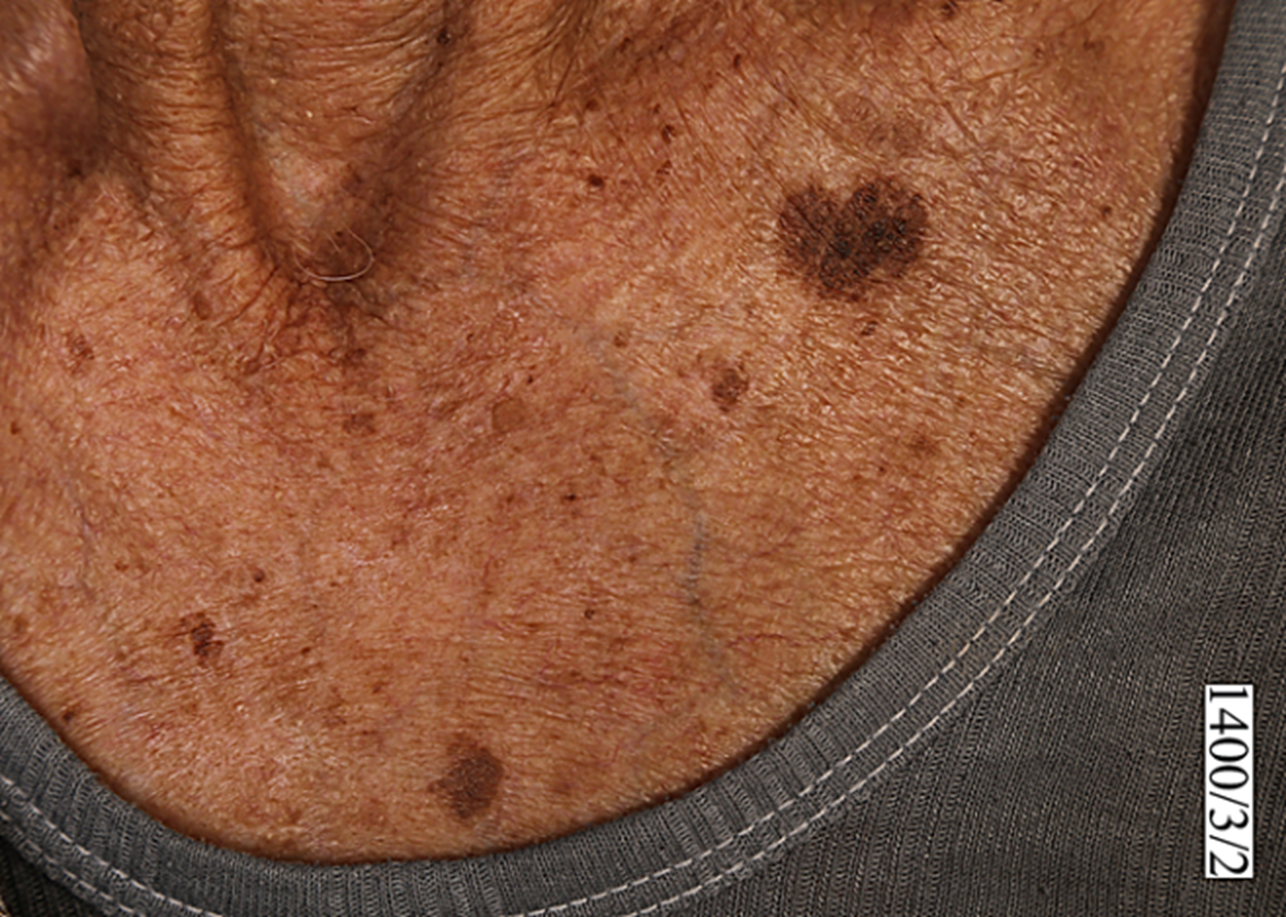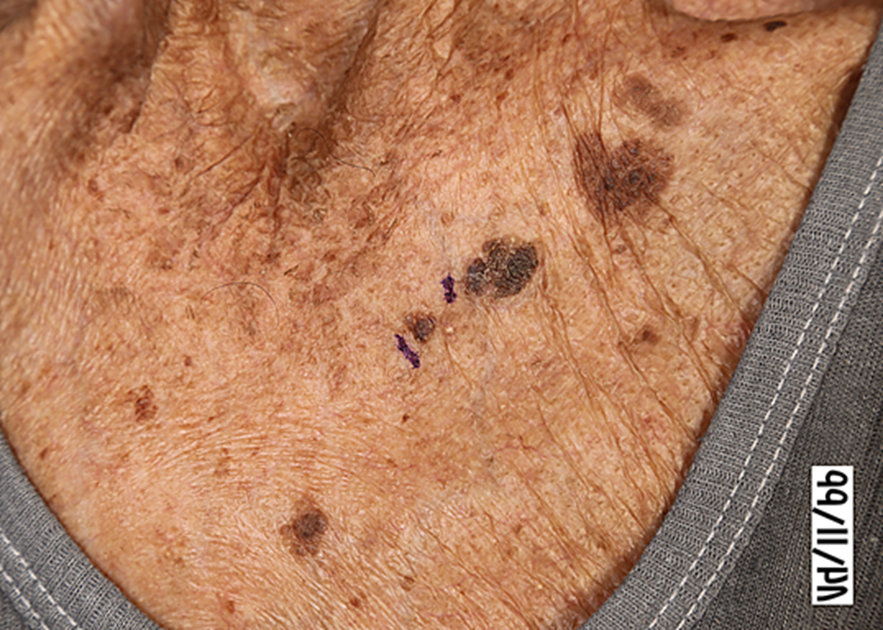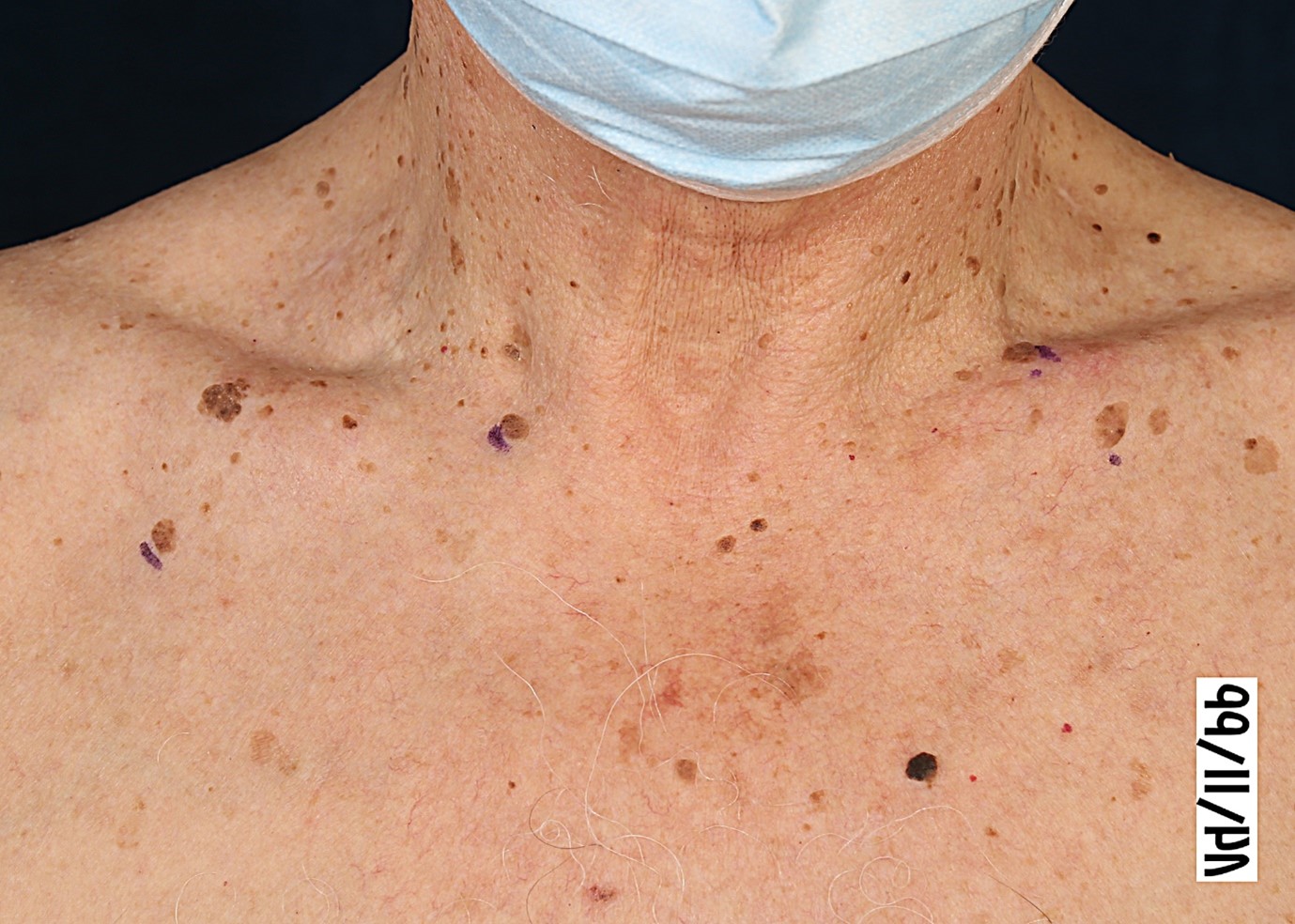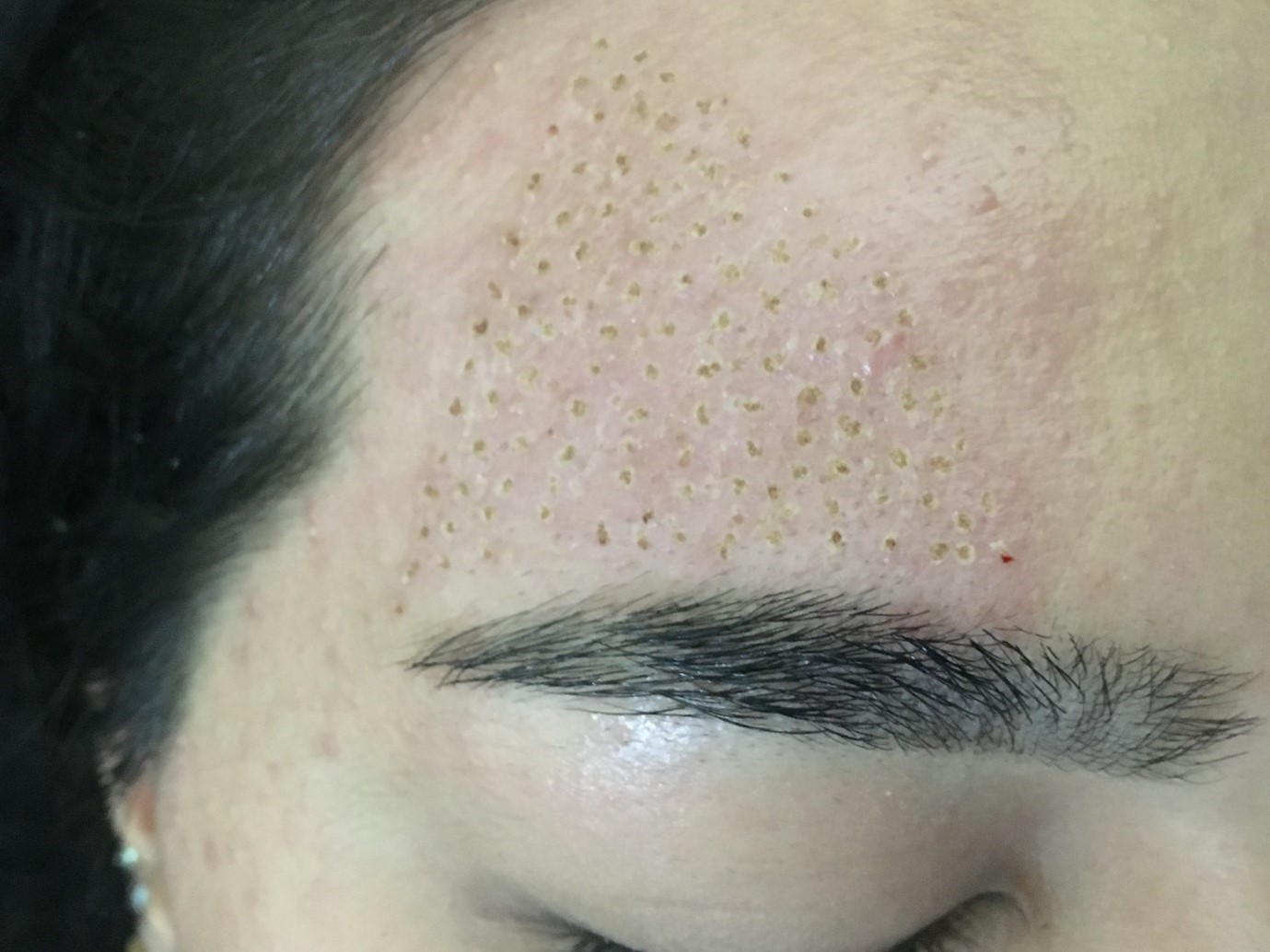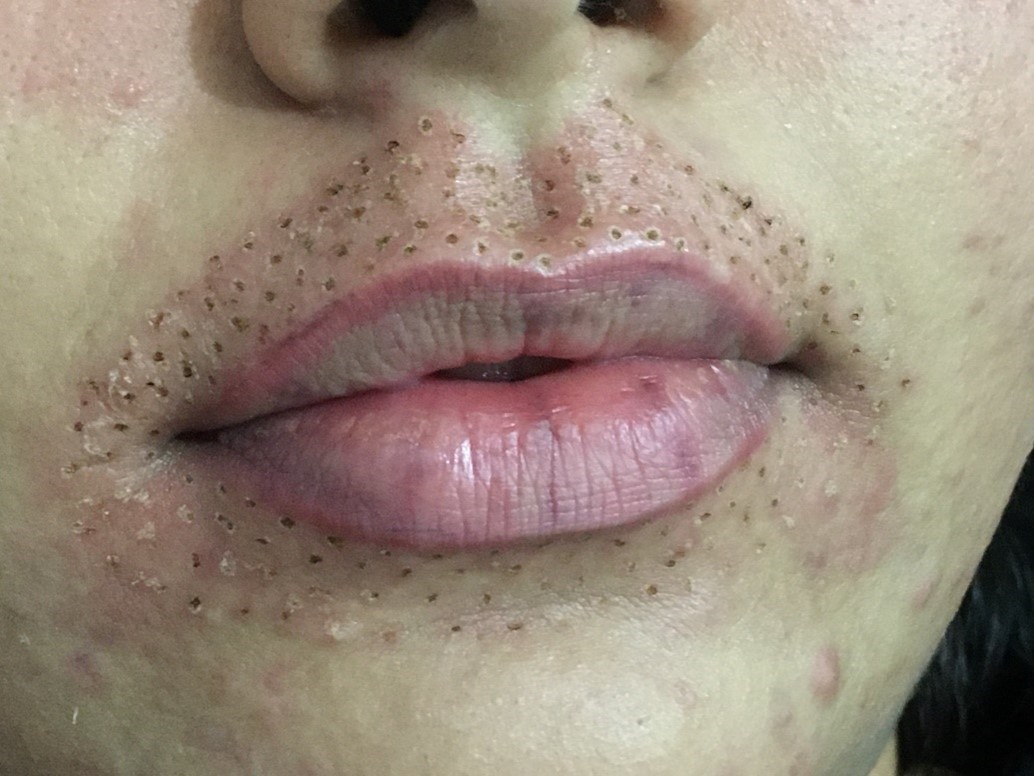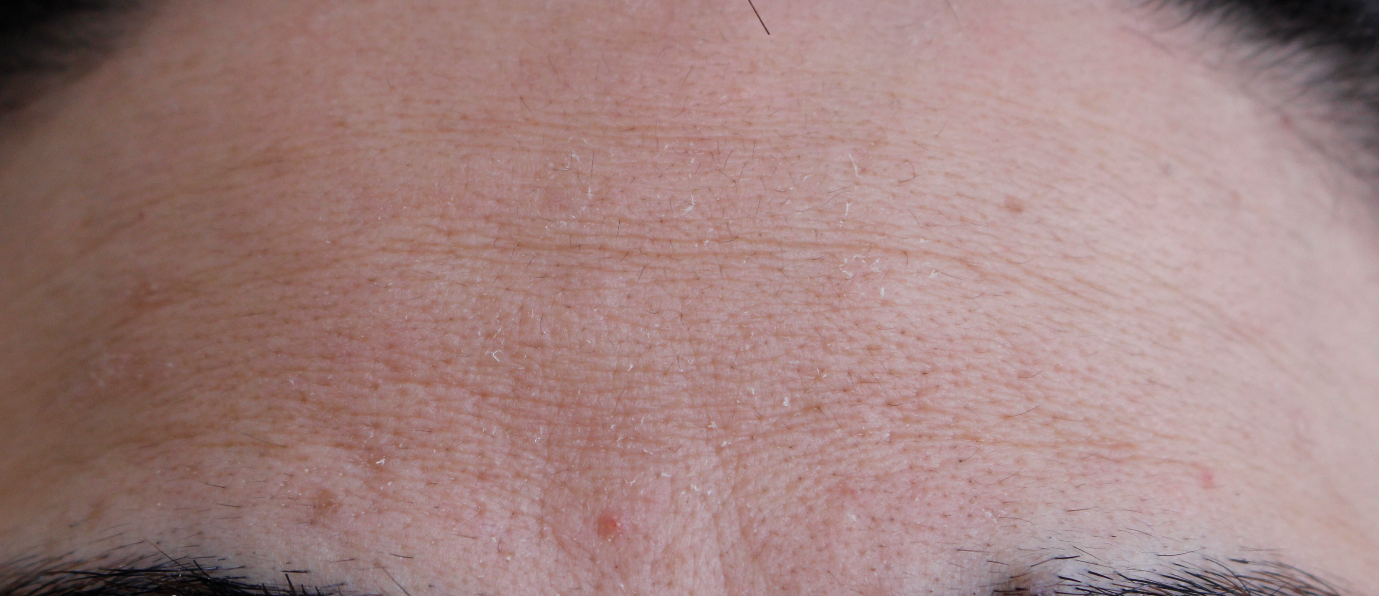
MED+
Wound healing device using plasma
technology is able to treat open wounds at any surface. This device has a
control unit to determine the specified physical parameters and also uses a
timer that adjusts the length of the treatment interval. It is worth mentioning
that this device also has portable samples.
Plasma wound healing apparatus is
used to treat and sterilize refractory wounds. Pressure ulcers, burns of
varying degrees, and wounds caused by diabetes are examples of applications of
this device.
In the case of severe burns where the
use of disinfectant chemicals causes further tissue damage, the use of this
plasma with radiation for about 5 seconds can reduce the amount of bacteria in
the environment to less than one-fifth of the original amount.
Wound Healing
In recent years, much research has
been done on the effect of cold plasma on wound healing. The researchers found
that the bacterial load in wounds exposed to cold plasma decreases, as well as the
amount of
blood flow and tissue oxygen in tissues exposed to cold plasma . These tissue changes accelerate wound healing. It should be noted
that this method is not a substitute for dressings and only as a complementary method,
it helps accelerate wound healing.
Cold plasma technology is used to
treat the following types of wounds:
1- Healing of normal wounds
(superficial injuries, cuts, abrasions and surgical wounds).
2- Reduction of chronic venous ulcers
and pressure ulcers (arterial and venous ulcers, diabetic foot ulcers, bed
sores).
3- Helping treat first and second-degree burns.
Burns
The skin is made up of three areas:
the epidermis (outer layer), the dermis, and the subcutaneous tissue. The
epidermis is the outer and superficial layer of the skin that forms the skin
along with the dermis. The next layer is the dermis, which is thicker than the
epidermis, and the blood vessels, nerves, sweat glands, hair follicles, and
sebaceous glands of the skin are located in this area. The innermost layer is
called the subcutaneous layer, which is located under the dermis and contains
fat cells. Superficial burns are limited to the epidermis, causing only
redness, swelling, and tenderness of the skin, and heal naturally without
leaving a mark. This burn does not require much medical attention. Secondary
burns are limited to the dermis and epidermis. This type of burn is
characterized by blisters, and if treated improperly, the wound may become
infected. In deep burns, the damage spreads to muscles and even bones. The burn
site turns gray and, despite the extent of the burn, is painless because the
nerves associated with the pain are also destroyed at the burn site. This burn
requires hospitalization and sometimes skin grafting..
Bedsore
Bed sores, or pressure sores, or
pressure sores are lesions that occur on the skin and subcutaneous tissues as a
result of continuous, prolonged pressure on the skin. Bed sores often occur in
areas of the body where the skin is on a bony ridge and there are no muscles
between them, such as the heels and between the hips. Bed sores occur in people
who have been lying or lying-in bed for a long time and are more common in the
following areas:
- Behind the scapulae
-
The back of the external bone just
between the two buttocks
-
Behind the heel
-
On the side ridge of the knee
- On the lateral bulge of the pelvis
Diabetic Ulcer
Diabetes is a common and debilitating
disease of humans that can cause serious problems for the organs. One of these
problems is chronic and refractory wounds that usually occur in the soles of
the feet of these patients. This complication is also called diabetic foot. In
the long run, diabetes reduces blood flow to all parts of the body, but this
problem is more common in the feet. Wound healing requires nutrients and oxygen
that reach the tissues through the blood. But in diabetics, the disorders caused
by diabetes do not allow the normal wounds to heal naturally. The germs also
find a favorable environment and start working on the wound and cause
infection. Due to the reduced blood flow to the foot, the white blood cells are
less likely to go to the wound and the tissue's immune defenses are reduced.
Diabetes itself also lowers the body's immune defenses in general. This spreads
the infection to the wound and delays its healing. In some cases, the injured
limb is amputated due to the inability to heal the wound to prevent the spread
of infection.
Using a cold plasma device is one way
to help heal burn wounds. Non-damage to healthy tissue, sterilization of wound
surface, high speed of treatment, cheap and controllable method are some of the
advantages of this method.
